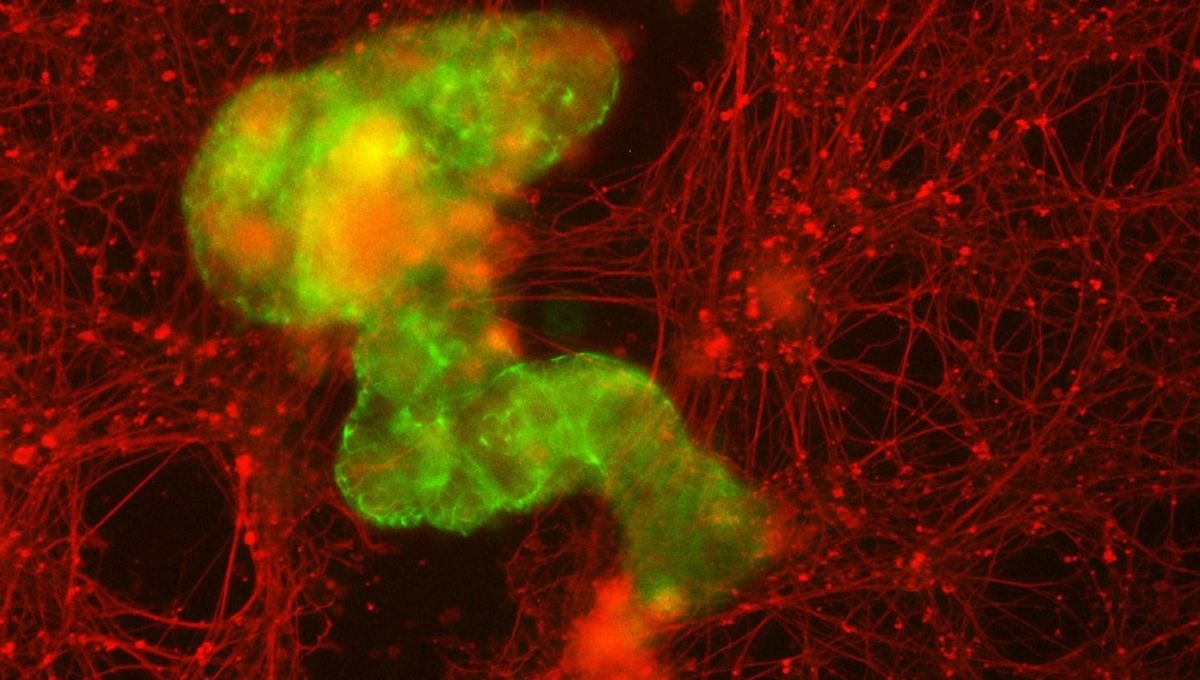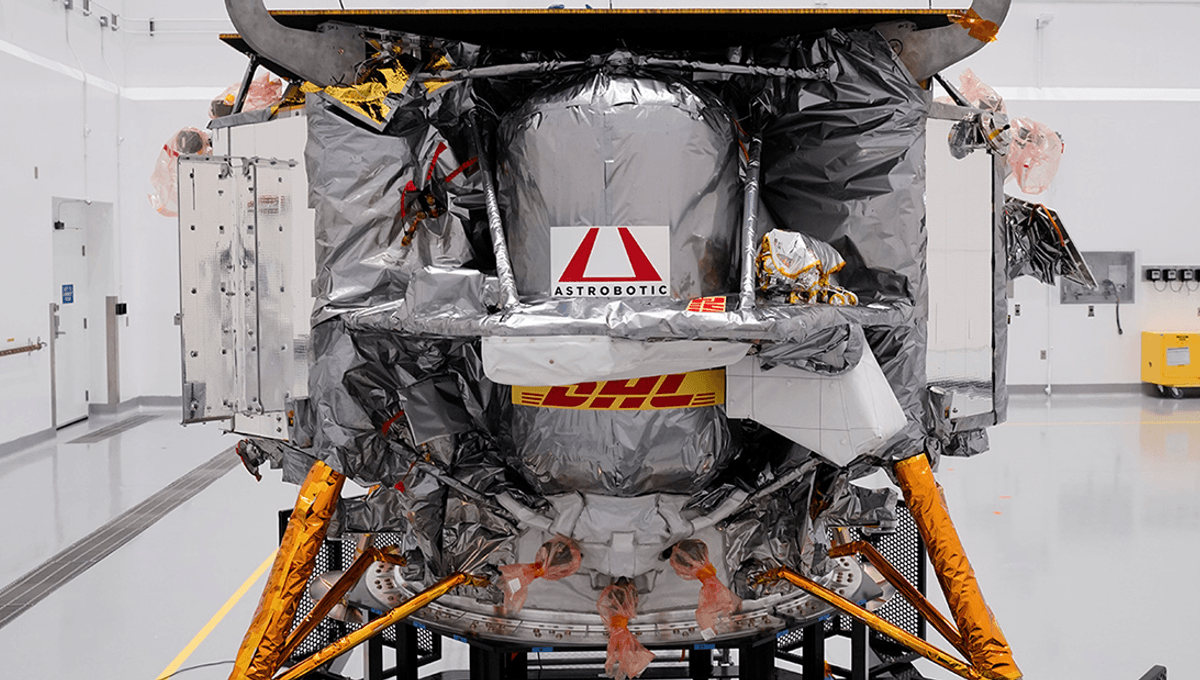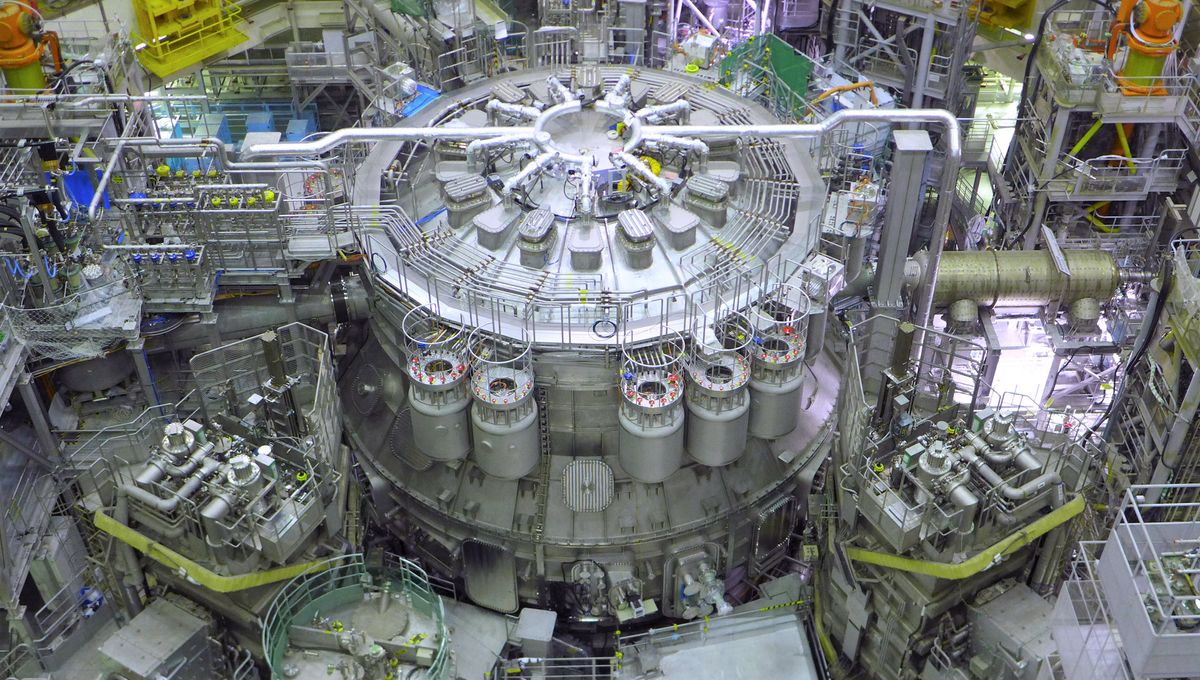In 2020, the team amazed the world with their creation of Xenobots, living robots made entirely of frog embryonic cells. These Xenobots even had the ability to reproduce, a phenomenon never seen before in living animals or plants.
Curious about whether these incredible capabilities were unique to amphibious origins, the researchers decided to explore the creation of biobots using cells from other organisms. And what better place to start than with humans?
The team began their journey with a single adult human cell taken from the trachea, which is covered in cilia that help protect our lungs from particles. By manipulating the growth conditions in the lab, they were able to encourage the cells to replicate into multicellular organoids with outward-facing cilia.
Now, with their oar-like cilia beating away, these cells had the ability to move.
A variety of anthrobots emerged, each with its own unique shape and size ranging from 30 to 500 micrometers. Depending on the arrangement of their cilia, they exhibited different types of movement – wiggling, traveling in straight lines, or moving in circles. These anthrobots could survive in the lab for up to 60 days before naturally degrading.
One of the advantages of anthrobots is their ability to spontaneously form their own shape.
“Unlike Xenobots, they don’t require tweezers or scalpels to give them shape, and we can use adult cells – even cells from elderly patients – instead of embryonic cells,” explained Gizem Gumuskaya, the PhD student who created them. “It’s fully scalable – we can produce swarms of these bots in parallel, which is a good start for developing a therapeutic tool.”
One potential therapeutic application of anthrobots is in healing. When a cluster of anthrobots, known as a “superbot,” was added to damaged neurons in the lab, they encouraged new cell growth to fill in the gap.
It’s important to note that anthrobots are made of tracheal cells, not neurons. The scientists were surprised by their capabilities, which open up possibilities in neurological diseases, tissue damage, and drug delivery. The fact that these cells naturally grow into a range of structures, and that a patient’s own cells can be used, reduces the chances of adverse immune reactions.
“Cells can communicate with each other and create structures dynamically, and each cell is programmed with many functions,” Gumuskaya explained. “We are just figuring out how to combine these elements to create new biological body plans and functions – different than those found in nature.”
Senior author Michael Levin added, “It is fascinating and completely unexpected that normal patient tracheal cells, without modifying their DNA, can move on their own and encourage neuron growth across a region of damage. We’re now looking at how the healing mechanism works, and asking what else these constructs can do.”
The study detailing these remarkable anthrobots is published in the journal Advanced Science.








